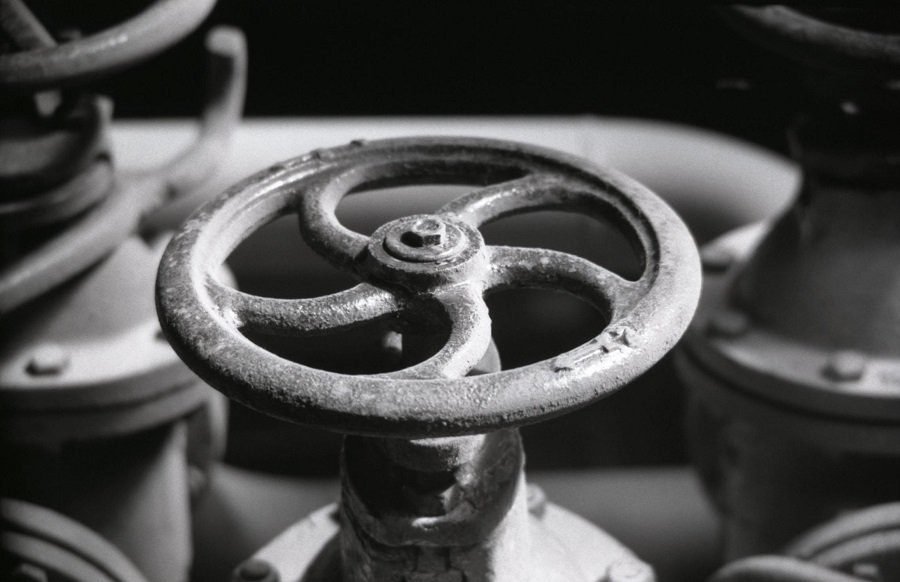The purpose of maintenance and upkeep of pipeline valves during operation is to ensure that the valves are in a year-round clean, well lubricated, complete, and functioning state. How to maintain pipeline valves during use
Cleaning the valve surface, trapezoidal threads on the valve stem and stem nut, sliding parts of the valve stem nut and support, gears, worm gears, and other parts can easily be contaminated with dust, oil, and residual media, which can cause wear and corrosion to the valve. Therefore, it is very important to keep the exterior and moving parts of the valve clean and protect the integrity of the valve paint. The dust on the valve is suitable for brushing and blowing with compressed air; The dirt between trapezoidal threads and teeth is suitable for wiping with a cloth; Oil stains and residual media on the valve can be blown with steam or even brushed with copper wire until the machined and mating surfaces present a metallic luster and the paint surface shows its natural color. The drainage valve should be inspected by a dedicated person at least once per shift. The plugs at the bottom of the flushing valve and drainage valve should be opened regularly for flushing, or the flushing valve should be opened regularly to prevent dirt from blocking the valve.
The lubrication of valves requires good lubrication conditions for the trapezoidal threads, sliding parts of valve stem nuts and supports, bearing parts, and meshing parts of gears and worm gears to reduce friction and avoid mutual wear Some parts are also specially equipped with oil cups or nozzles. If damaged or lost during operation, it should be repaired and equipped, and the oil circuit should be unobstructed.
 Details
Details
Lubricating parts should be regularly oiled according to specific conditions. Valves that frequently open at high temperatures are suitable for refueling once a week to once a month; The refueling cycle for valves that are not frequently opened and have low temperatures can be longer. Lubricants include engine oil, butter, molybdenum disulfide, and graphite. High temperature valves are not suitable for oil and butter, as they may melt at high temperatures and cause loss. On the contrary, they are suitable for injecting molybdenum disulfide and graphite powder, as well as exposed parts that require lubrication. For example, if lubricating grease such as butter is used for trapezoidal threads and gears, it is easy to get dusty, while using molybdenum disulfide and graphite powder for lubrication is less likely to get dusty and has a better lubrication effect than butter Graphite powder is not easy to apply directly. It can be mixed with a small amount of oil or water to make a paste. It is crucial to choose different lubricants for different types of valves.
The oil sealing plug valve should be filled with oil according to the specified time, otherwise it is prone to wear and leakage.
Valves and various valves during valve maintenance and operation should be complete and in good condition. The bolts on the flange and bracket are indispensable, and the threads should be intact and not loose. If the fastening nut on the handwheel is found to be loose, it should be tightened in a timely manner to avoid wear at the connection or loss of the handwheel and nameplate. The handwheel is lost and cannot be replaced with a wrench. It should be equipped promptly. The packing gland shall not be skewed or have no pre tightening gap. For valves in environments prone to rain, snow, dust, wind, and sand pollution, protective covers should be installed on the valve stem. The scale on the valve should be complete, accurate, and clear. The lead seal, cap, and pneumatic accessories of the valve should be complete and intact. The insulation sheath should be free of dents and cracks. It is not allowed to knock, stand or support heavy objects on the operating valve; Especially non-metallic valves and cast iron valves